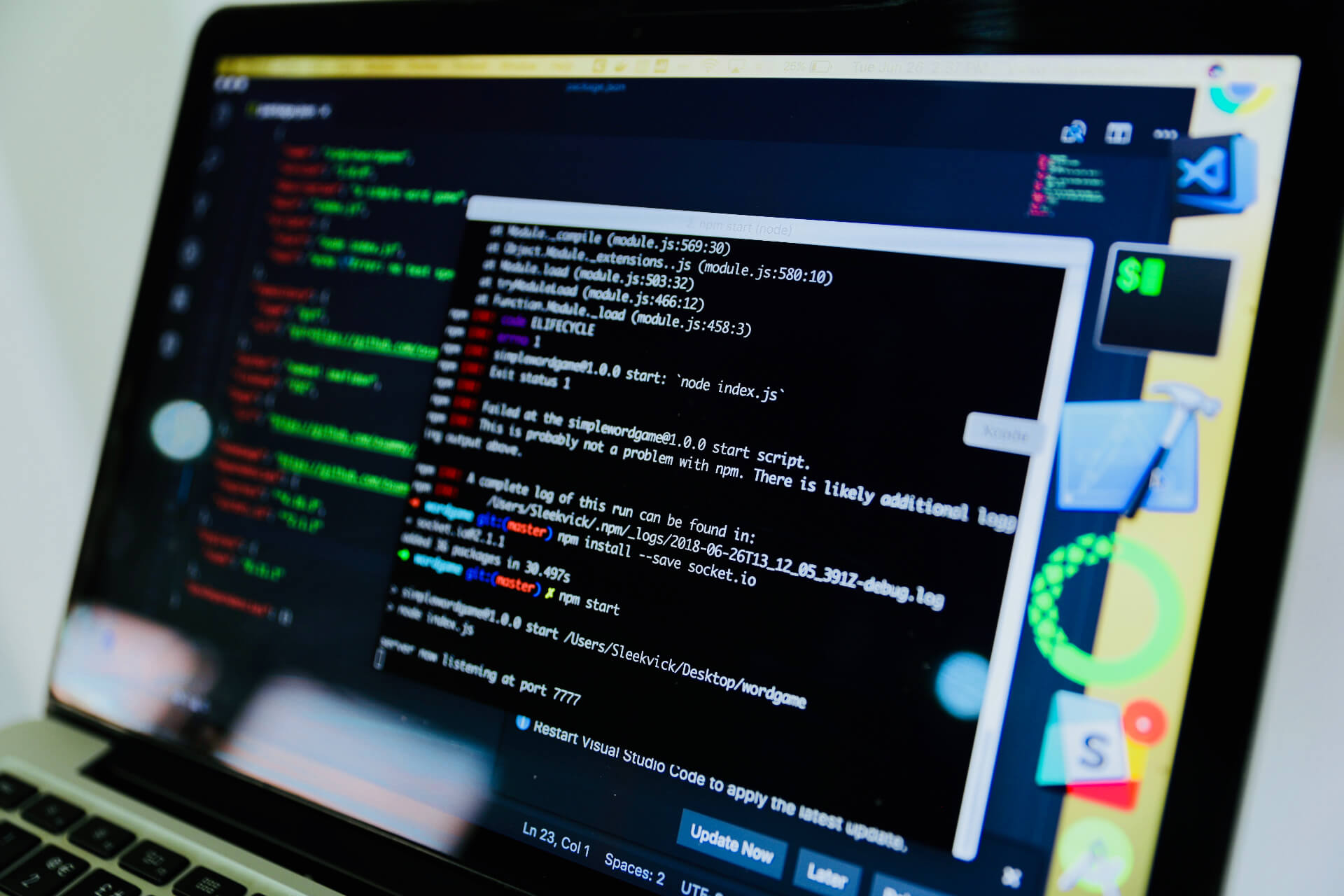
What Is Sustainable Software? The Principles of Green Data Architecture and Engineering
We are reader-supported. When you buy through links on our site, we may earn affiliate commission.
Just because something lives in a digital space doesn’t mean it doesn’t have a carbon footprint. The greenhouse gas emissions required to power technology are astronomical and one of the most damaging on the planet. What can humans do to mitigate some of the adverse effects of this nebulous resource? Sustainable software recognizes the physical impacts caused by digital products, but how can developers, coders, and engineers consider the climate while constructing programs?
What Is Sustainable Software?
Sustainable software, also called green software, is created with the planet’s well-being in mind. Experts develop, create, and design software to limit energy use and have a lower carbon footprint than conventional offerings.
The principles of green computing are recommended by the Green Software Foundation and subsequent organizations inspired by their mission, such as the Sustainable Digital Infrastructure Alliance. The standards forge consistency for developers, especially in an attempt to reduce tech’s 2% to 3% worldwide greenhouse gas contribution.

Can You Even Measure the Carbon Impact of Software?
How does software have a carbon impact in the first place? Measuring the footprint of the intensity of software’s impact looks at a few main specs using the Software Carbon Intensity standard as a reference point.
The SCI equation determines how much carbon is emitted through energy use in addition to the carbon emissions for the hardware running it. It frames this for every functional unit, which could be everything from an end-user type to an API. A device that can run software requires resources to make the product to support the software and energy to run it. These base emissions compound the negative impacts of what software does after it starts running.
The software has multiple components and variables. Therefore, analyzing carbon requires analyzers to place boundaries on what they are investigating. For example, one may study the impacts of storage, testing, or memory in isolation based on the type of device, such as a laptop or PC.
When you boot software, it changes how the equipment operates. The machine uses more RAM or throttles the GPU. It boots supplementary software or engages in additional cybersecurity protections. There are tons of ways that software amplifies how much power a device needs to run correctly.
What Are the Principles?
Now that you understand why sustainable software needs to exist and how its environmental impact can be measured, you must know the philosophy of sustainable software principles to guide action. Learning these ideas is necessary for application. A truly carbon-friendly software is possible with them, and green tech can be normalized.
Here is a summary of the principles of green software engineering:
- Carbon efficiency: The software must use as little electricity as possible to have a low carbon intensity and be designed to optimize and have awareness for high carbon efficiency. Net zero is the goal, usually through demand shaping.
- Electricity efficiency: The program must use only a little energy, even if the entity intends to use renewable power. You can measure based on energy proportionality.
- Hardware efficiency: Tools must have hardware compatibility and lower embodied carbon to reduce wear and tear, expand shelf life, and eliminate the need to push the machine’s limits to operate. This requires efficient, streamlined code.
- Measurement: Teams must implement consistent measurement schedules for accountability and improvements.
- Climate commitments: Green software is not sustainable if it does not support additional climate goals.
- Networking: Reviewing how the data travels, such as speed.
Though these principles consider a lot, it is possible to apply them regardless of organization size or whether or not you operate via the cloud or physical servers. They are also programming language-agnostic, making every developer available to blend these ideas into their framework of choice.
How Do You Get Started in Sustainable Software?
The ways green computing manifests are as expansive as your creative potential. For example, those working in the video conferencing space might consider changing software to reduce video quality if bandwidth is low and switching to prioritize high-quality audio so the meetings can persist without using excess resources to push machines’ limits or instigate multiple subsequent conferences.
Ultimately, reducing the demands of any application to make it malleable is critical for making versatile and enduring applications.
This considers physical and digital infrastructure. Hardware, networks, and software must work seamlessly. Therefore, green software isn’t only looking at ways to write zero-waste code with greener logic — it recognizes how the codes cause connected devices to react and supports making them greener, too.

Let’s dive a little deeper into the coding process because it is the backbone of sustainable software. DevOps has countless opportunities to decarbonize with experimental code. The first is to streamline it while considering how many times it will need to be executed by users. Even if it is infrequent, it does not justify extensive coding because it will still have higher emissions. How can you reduce stress on the processor by adjusting or compressing algorithms? Are you changing it in a way that diverts energy elsewhere, or are you truly eliminating energy consumption?
Genuinely sustainable software looks beyond the application’s active life. Despite an “uninstall” seeming low-carbon, even digital products of an end-of-life cycle with a disposal stage have a carbon impact. How much power does that require, and what are disposal and recycling processes like for the hardware impacted by the sustainable software?
Finally, you must have KPIs to measure green coding performance. With evaluation configurations, data centers, resource expenditure, platform optimization, and countless other details, you will understand how to improve continually. The beauty of green computing is that it can always get better with code manipulations.
Greener Tech for a More Eco-Friendly Digital World
Data centers, cryptocurrency, the metaverse, and software will need to adjust their priorities despite the future becoming more reliant on powerful digital assets. Sustainable software sets a valuable precedent for tech-based tools because the methodologies translate well to other industry niches.
Many resources that energize the planet today have software at its core — from AI to inventory management to customer service databases. Going to the root and making the software eco-conscious to start will reduce its lifelong footprint, notifying everyone else in the value chain to take a closer look at how to minimize the digital world’s legacy concerning the climate crisis.
Share on
Like what you read? Join other Environment.co readers!
Get the latest updates on our planet by subscribing to the Environment.co newsletter!
About the author

Steve Russell
Steve is the Managing Editor of Environment.co and regularly contributes articles related to wildlife, biodiversity, and recycling. His passions include wildlife photography and bird watching.





